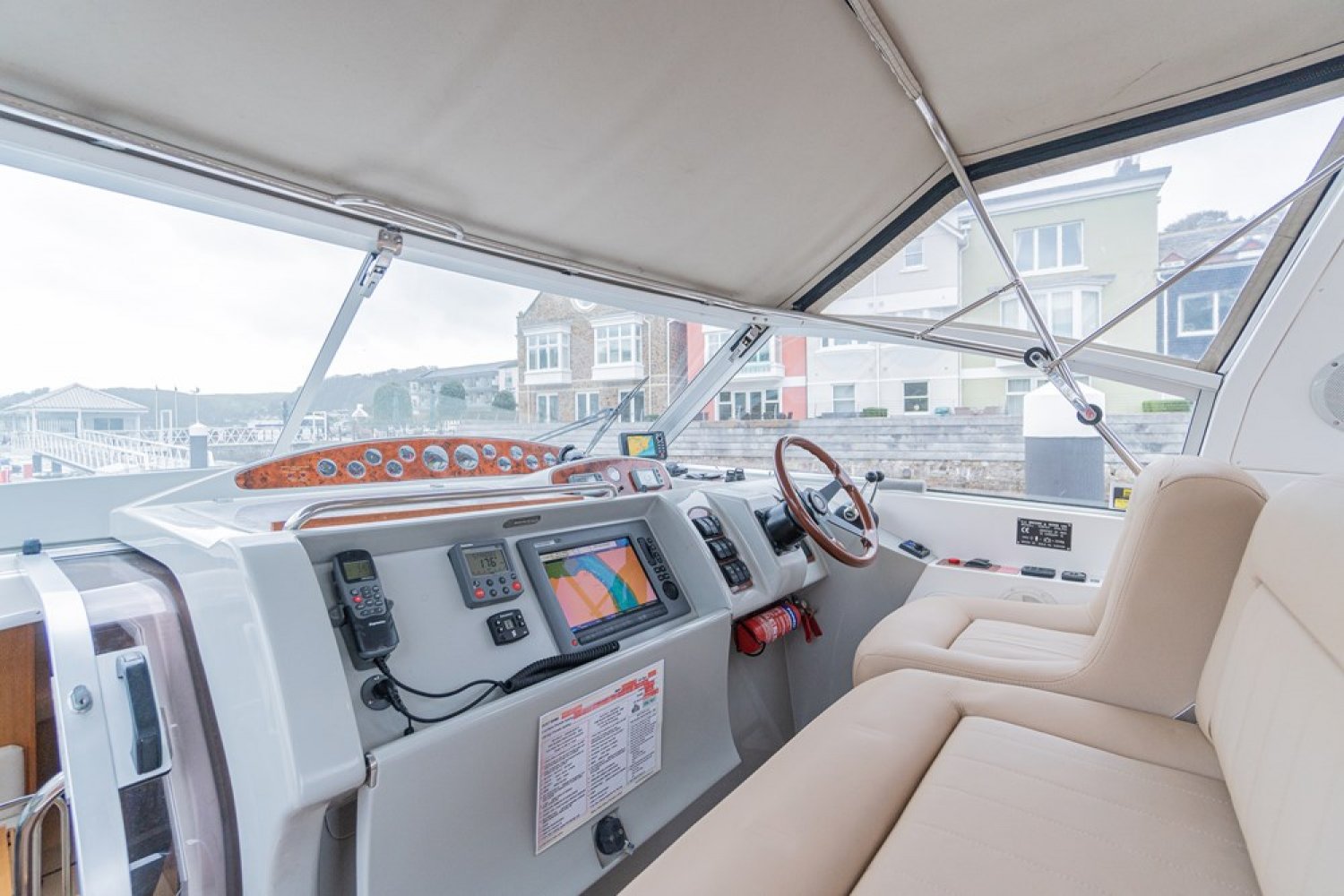

#Inboard boat engines full
The German brand Torqeedo now has a full range of alternative propulsion systems that include electric outboard and inboards, as well as hybrid marine engines. That’s why going electric is the most likely future of boat engines and many companies around the world are already on it. Much like the automotive industry, the boating sector is also trying to find innovations that will make the propulsion systems non-fuel based. Although, higher fuel consumption and loud noise are expected as a tradeoff for the agility on the waters.

This type of boat propulsion system is very attractive to boaters who like high-performance vessels. This means more room for boat builders to work on and include additional boat features. Water is pulled by the drive system from under the impeller then is forced towards the rear, creating thrust to move the boat.Ī jet drive system requires neither a propeller blade nor a large space to house it. The jet drive itself is placed inside the engine’s housing called the impeller. Jet Drive EngineĪ jet drive propulsion system is often associated with personal watercraft (PWC) like Jet Ski and Waverunner but it’s also installed on a number of modern boats. If your boat has a sterndrive, it’s important to use a blower on the engine to prevent this accident from happening. On the other hand, the hull compartment is at risk of fire from the trapped gas vapor. But just like with outboard engines, the exposed portions of the drive system are more prone to damage and rusting. Its engine is under the transom just like an inboard engine, while the drive unit is under the swim platform as with an outboard engine.Ī sterndrive engine is best for shallow waters because there is no gear under the boat. The designs of these engines are quite similar, only the diesel inboard is a bit more complex.Īlso known as inboard/outboard (I/O), a sterndrive engine is a combination of outboard and inboard engines. There’s a diesel inboard engine, which is typically heavier and bulkier, so you usually see it in larger boats and there’s the gasoline inboard engine, which is widely used in a variety of vessels worldwide. This type of propulsion system allows more cabin space and additional seating.Īnother classification of inboard engines is by the type of fuel it uses.

Meanwhile, a V-drive inboard is positioned at the back end facing forward. The straight shaft inboard engine is used by most boats and is placed in the hull’s middle part, facing the rear end of the boat. Inboard engines are classified into two types: the straight shaft inboard and V-drive inboard.

Since it’s cramped in a compartment inside the hull, reaching the engine is harder compared to outboard engines. An inboard engine can also make consistent track for the skiers or wakeboarders.Ī downside of inboard engines is less convenience in accessing the motor for maintenance and repair. The position of an inboard engine makes it safe for water skiers and wakeboarders and prevents them from hitting the propeller whenever they get too close to the boat. Behind the propeller is a rudder for steering. It’s connected to a drive shaft, which is angled down towards the water where the propeller is attached. It’s considerably heavier than outboard motors and found inside the hull under the transom. Inboard engineīoats used for water sports should have an inboard engine. Read our article about the ‘ Big Changes to Laws About Outboard Motors Coming Soon‘. However, having this type of boat engine means you will not have a full swim platform to utilise. More importantly, having an outboard engine will give you more transom access, making it an ideal engine for fishing boats. You can also tilt the outboard conveniently depending on the depth of the water to avoid damaging it. Since it’s self-contained, the outboard engine is easier to clean compared to other types of boat engines. One advantage of mounting an outboard engine is easy maintenance. Aside from giving thrust to move the boat forward, an outboard motor also serves as a steerer to control the boat’s direction of movement. It’s installed on the transom at the boat stern. Outboard engineĪn outboard engine is a self-contained motor that includes a propeller and gearbox. To educate you further on the different types of boat engines on the market, here’s a quick guide for your reference when choosing the next one for your boat. Boat engines also have varying advantages and disadvantages that can greatly affect your experience on the waters. Each suited for different types of boats and different types of useage. There are many different types of boat engines circulating the market.


 0 kommentar(er)
0 kommentar(er)
